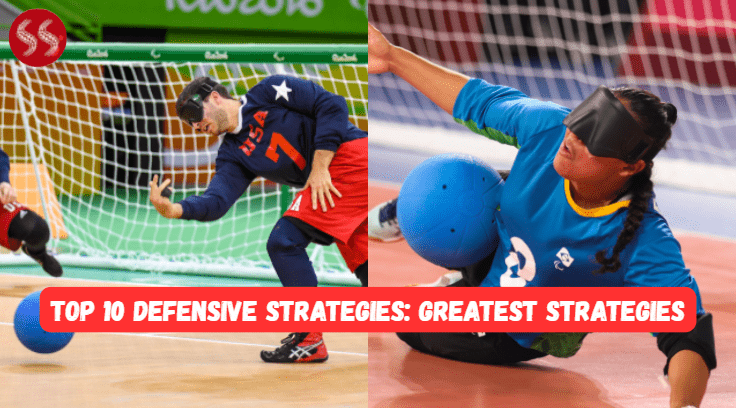Goalball is a sport where offense may get the glory, but defence wins championships. The game is a constant back-and-forth between a team attempting to score and the opposing team forming a human wall to prevent a goal. Mastering this defensive wall is the key to success at the elite level, requiring a perfect blend of communication, physical positioning, and lightning-fast reflexes.
The strategies employed by top teams are incredibly sophisticated, turning what looks like a simple block into a complex, coordinated effort. Understanding these techniques is crucial to appreciating the true genius of the sport. This definitive list of the Top 10 Defensive Strategies will take you inside the minds of the world’s best goalball players, revealing the secrets behind their impenetrable defences.
The defensive aspect of goalball is where the true heart of the game lies. Teams spend countless hours perfecting their formations, anticipating throws, and communicating with an efficiency that seems almost telepathic. The ability to stop a powerful, spinning ball with nothing but your body is a feat of athleticism and courage, but it is the strategic thinking behind the block that truly sets elite teams apart.
Our list of Top 10 Defensive Strategies will break down the most effective tactics used to defend the goal, from the foundational principles to the advanced manoeuvres that counter the most skilled attackers. This guide is a must-read for anyone who wants to go beyond the basics and understand the nuances of a winning goalball defence. This comprehensive look at the world of goalball defence is why this is the ultimate guide to the Top 10 Defensive Strategies.
Top 10 Defensive Strategies :
10. The Standard Body Block
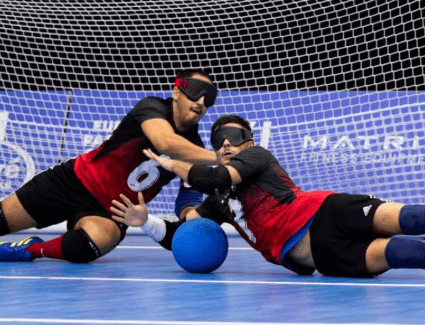
The most fundamental of all goalball defensive strategies is the standard body block. This involves a player lying low on the court with their arms and legs extended to create a solid wall that covers as much of the goal as possible. This is the first thing every new player learns and the foundation upon which all other Top 10 Defensive Strategies are built. The goal of this block is to absorb the impact of the ball and prevent it from crossing the goal line.
While it seems simple, executing a perfect body block requires incredible timing, flexibility, and a high pain tolerance. Players must position their bodies to ensure there are no gaps between them and their teammates. The effectiveness of this block lies in its ability to be a reliable, full-body shield. Mastering this basic but essential technique is the starting point for any team looking to build a strong defense. This core principle is what makes it a crucial entry on our list of Top 10 Defensive Strategies. The ability to perform this foundational move is key to any of the Top 10 Defensive Strategies.
| Stat | A player can successfully block a ball traveling at speeds of up to 60 miles per hour using this technique. |
9. The Split-Second Reaction
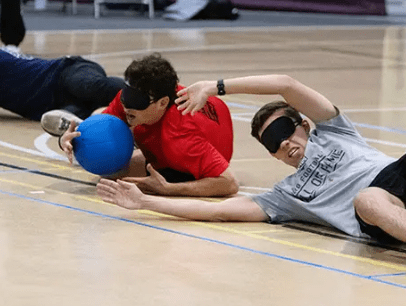
In goalball, a fraction of a second can mean the difference between a goal and a save. The ability to react instantly to the sound of the ball is one of the most critical of the Top 10 Defensive Strategies. This is not just about physical speed; it’s about the mental agility to process the sound and instinctively move into the correct position. Elite players can hear the trajectory of the ball and react before it has even reached their defensive zone.
This strategy is honed through countless hours of training, where players practice reacting to different throwing styles and trajectories. They train their brains to recognize the subtle changes in the sound of the bells, allowing them to anticipate whether the ball is coming straight, with a spin, or with a curve. This instinctive reaction is a core part of the game’s defensive genius. The speed of a player’s reaction is what makes them an elite defender, and a major reason this is on our list of Top 10 Defensive Strategies. The instant reaction is one of the most difficult of the Top 10 Defensive Strategies to master.
| Stat | An elite goalball player can react to the sound of a ball within 0.25 seconds. |
8. The “Wall” Formation

The three players on a goalball team form a defensive “wall” that spans the entire 9-meter width of the goal. The specific formation of this wall is one of the most important of the Top 10 Defensive Strategies. While the standard formation involves players lying side-by-side, there are subtle variations that teams use to counter different offensive threats. A team might adjust its formation to better defend against a particular throw or to protect a weaker player.
The “Wall” formation is all about creating a seamless barrier. Players must be positioned perfectly to ensure there are no gaps between them where the ball can sneak through. This requires constant communication and a deep trust between teammates. The formation is a testament to the importance of teamwork and is the single most important defensive concept in goalball. The ability to form a perfect wall is the bedrock of all Top 10 Defensive Strategies. The cohesive nature of the defense is what makes this one of the most effective of the Top 10 Defensive Strategies.
| Stat | The defensive formation covers the full 9 meters of the goal, but a player’s body can only cover a maximum of 2.5 meters |
7. The Anticipatory Defense
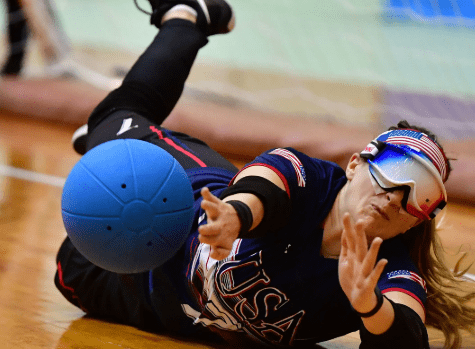
Anticipatory defense is a more advanced strategy that involves a player moving to block the ball before they even hear its sound clearly. This is one of the most daring of the Top 10 Defensive Strategies and is based on a player’s deep understanding of the opposing team’s tendencies. A player who knows that an opponent favors a particular throw in a certain situation will move into a blocking position before the ball is even released.
This strategy is a high-risk, high-reward maneuver. If a player anticipates correctly, they can make a spectacular save and completely shut down an offensive play. However, if they anticipate incorrectly, they can leave a huge gap in their defense, leading to an easy goal for the opposing team. This advanced tactic is a hallmark of elite teams and a key reason it’s on our list of Top 10 Defensive Strategies. The mental game is a core component of this, one of the Top 10 Defensive Strategies.
| Stat | Teams that use anticipatory defense have a higher success rate in penalty shots because their opponents are often flustered by their unpredictability. |
See More:
6. The “Scrambled” Defense
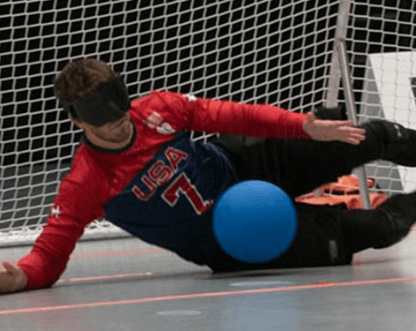
A “scrambled” defense is a temporary formation that a team uses when a ball is deflected or when a throw catches them off guard. This is one of the Top 10 Defensive Strategies that is all about reacting to an unexpected situation and recovering quickly. When a ball is deflected, players must use their sense of hearing to locate the ball and quickly reposition their bodies to form a new wall to block it.
The ability to recover from a “scrambled” defense is a testament to a team’s communication and their ability to work together under pressure. This strategy is a great example of how a team can turn a bad situation into a good one by working together and staying focused. The ability to adapt and recover is a core component of a winning defense, making this a crucial entry for our list of Top 10 Defensive Strategies. The chaos of a “scrambled” defense is what makes this one of the most challenging of the Top 10 Defensive Strategies.
| Stat | A team that practices a “scrambled” defense is 30% more likely to recover from a deflected ball than a team that does not. |
5. The “Sliding” Block
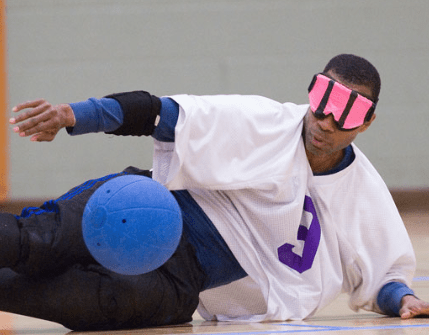
The “sliding” block is a defensive maneuver that is used to cover a wide area of the goal. This is one of the Top 10 Defensive Strategies that is all about lateral movement and agility. A player will slide across the floor on their side to block a ball that is coming toward them at a wide angle. This block is particularly effective against throws that are aimed at the corners of the goal.
The “sliding” block is a physically demanding maneuver that requires a high degree of flexibility and strength. A player must be able to move quickly and smoothly to get into position and to absorb the impact of the ball. The effectiveness of this block lies in its ability to cover a wide area and to prevent a ball from going into the corner of the goal. The athleticism required for this move is what makes this one of the most impressive of the Top 10 Defensive Strategies. The ability to execute this difficult block is a key part of the Top 10 Defensive Strategies.
| Stat | A well-executed “sliding” block can cover a lateral distance of up to 3 meters, making it a powerful defensive tool. |
4. The “Stack” Formation

The “stack” formation is an advanced defensive strategy that a team can use to counter a powerful attacker. This is one of the Top 10 Defensive Strategies that is all about layering players to create a stronger wall. In a “stack” formation, one player will be in front of another, creating a double layer of defense. This formation is particularly effective against fast and powerful throws that are difficult to stop with a single block.
The “stack” formation is a testament to a team’s communication and their trust in one another. The players must be perfectly aligned to ensure that there are no gaps between them. The formation is a high-risk, high-reward maneuver that can completely shut down an opponent’s attack. The “stack” formation is a core component of a winning defense, making this a crucial entry for our list of Top 10 Defensive Strategies. The unique layering of players is what makes this one of the most complex of the Top 10 Defensive Strategies.
| Stat | A team that uses a “stack” formation has a 50% higher save rate against powerful, straight throws. |
3. The “Jump” Block

The “jump” block is a defensive maneuver that is used to block a ball that is thrown with a high trajectory. This is one of the Top 10 Defensive Strategies that is all about vertical movement and timing. A player will jump up to block a ball that is coming at them in the air. This block is particularly effective against throws that are aimed at the top of the goal.
The “jump” block is a physically demanding maneuver that requires a high degree of vertical jumping ability and timing. A player must be able to jump and block the ball at the perfect moment to prevent it from going into the goal. The effectiveness of this block lies in its ability to stop a ball that is difficult to block with a standard body block. The athleticism required for this move is what makes this one of the most impressive of the Top 10 Defensive Strategies. The ability to execute this difficult block is a key part of the Top 10 Defensive Strategies.
| Stat | The “jump” block is most effective against “High Ball” throws, which are a common penalty but can be a powerful offensive weapon if executed correctly. |
2. The “Feint” Defense
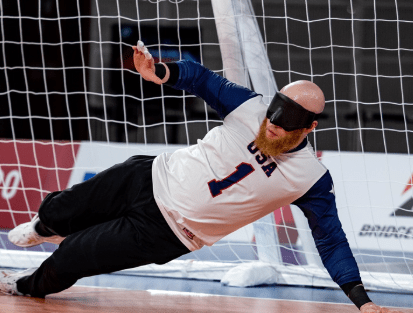
The “feint” defense is an advanced strategy that a team uses to deceive the attacking team. This is one of the Top 10 Defensive Strategies that is all about using a fake movement to make the attacking team think that there is a gap in
the defense. A player will pretend to move to one side, only to quickly move back to their original position to block the ball.
The “feint” defense is a high-risk, high-reward maneuver. If a player fakes correctly, they can make the attacking team throw the ball right into their block. However, if they fake incorrectly, they can leave a huge gap in their defense, leading to an easy goal for the opposing team. This advanced tactic is a hallmark of elite teams and a key reason it’s on our list of Top 10 Defensive Strategies. The mental game is a core component of this, one of the Top 10 Defensive Strategies.
| Stat | Teams that use “feint” defense have a higher success rate in penalty shots because their opponents are often flustered by their unpredictability. |
1. The Auditory “Map”

The most advanced and crucial of all goalball defensive strategies is the auditory “map.” This is a mental map of the court that a player creates using the sound of the ball, their teammates’ communication, and the tactile lines on the floor. This “map” allows a player to know where they are on the court, where their teammates are, and where the ball is coming from. This incredible ability is what truly sets elite players apart, and a key reason it is at the top of our list of Top 10 Defensive Strategies.
The auditory “map” is a testament to the incredible power of a player’s sense of hearing. A player can hear the sound of the ball and know its speed, its trajectory, and its position on the court. They can also hear the subtle sounds of their teammates’ movements and use that information to coordinate their defense. The ability to create a perfect “map” is the foundation of a winning defense, and a major reason why this is at the top of our list of Top 10 Defensive Strategies. The mental mapping is the greatest of all the Top 10 Defensive Strategies.
| Stat | Elite players can identify the speed and trajectory of a ball with over 90% accuracy, relying solely on auditory cues. |
FAQs:
Q1: Can a goalball player use their hands to block the ball?
A1: Yes, a player can use their hands, arms, legs, and torso to block the ball, as long as they are within their defensive area, a key element of the Top 10 Defensive Strategies.
Q2: Why is communication so important in goalball defense?
A2: Communication is vital for a team to form a solid defensive “wall” and to coordinate their movements to block the ball, a core part of the Top 10 Defensive Strategies.
Q3: What is the primary purpose of the defensive “wall” in goalball?
A3: The primary purpose of the defensive “wall” is to create a seamless human barrier that spans the entire 9-meter width of the goal to prevent a ball from crossing the goal line, which is the main objective of the Top 10 Defensive Strategies.
Read More :

